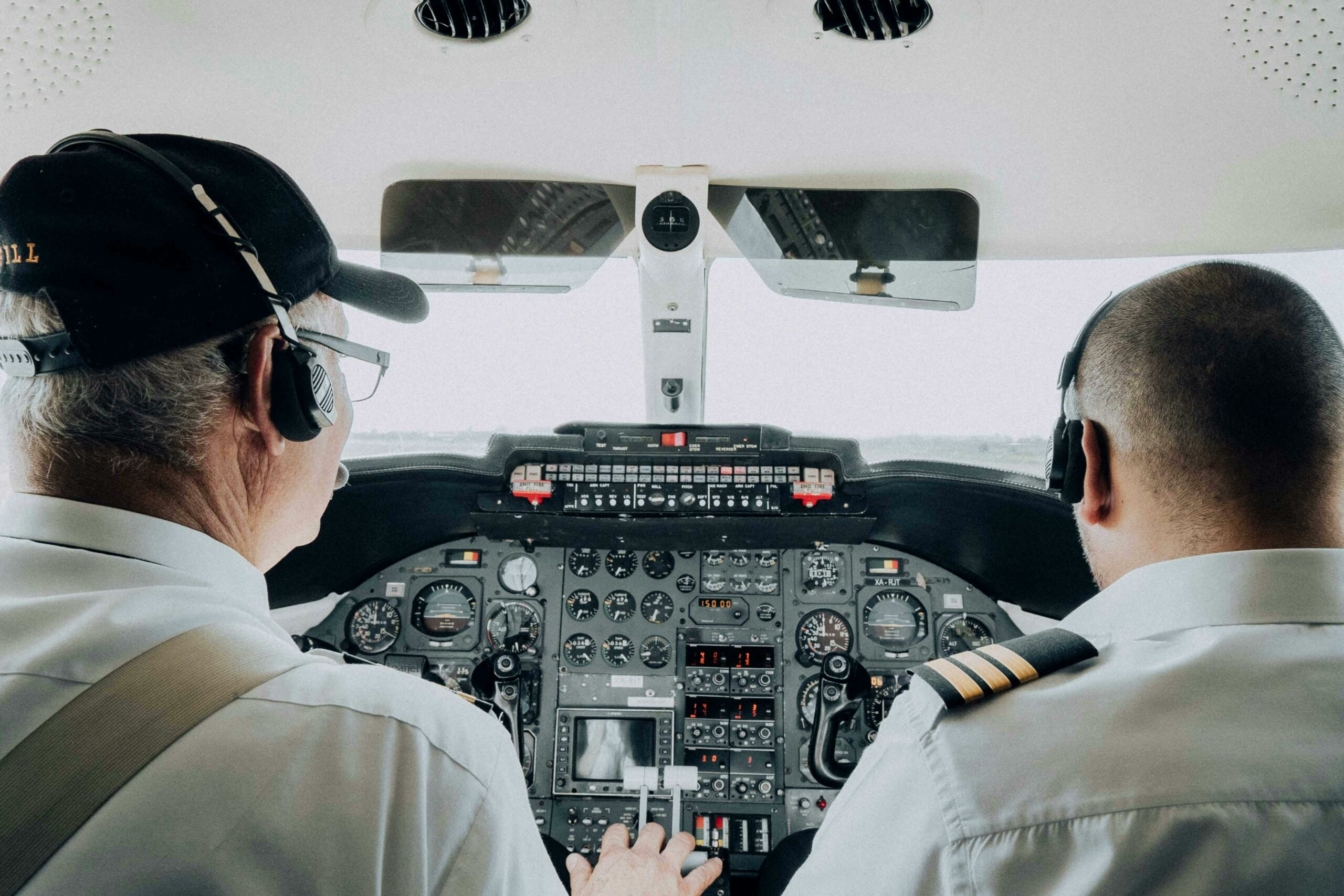A Guide to Passengers with Special Needs: How to be more compassionate

While many passengers find the thrill of soaring through the skies exhilarating, for individuals with special needs, the journey can be marked by unique challenges. Turbulence, a common occurrence during flights, can be particularly disconcerting for passengers with physical disabilities, sensory sensitivities, or medical conditions. In this comprehensive guide, we will delve into the intricacies of assisting passengers with special needs during turbulence, emphasizing the importance of a collective effort to ensure a safe and comfortable flying experience for everyone on board.
Pre-flight Communication: Setting the Foundation to Passengers with Special Needs
The journey toward an inclusive and supportive flying experience begins well before the aircraft takes off. Airlines should actively encourage passengers with special needs to communicate their requirements and concerns during the booking process. This information allows airline staff to make necessary arrangements, such as assigning suitable seats, providing extra assistance, and preparing the cabin crew for potential challenges during turbulence.
Facilitating open communication between passengers and airline staff helps build a foundation of understanding and ensures that the unique needs of individuals are taken into consideration from the outset.
Seat Assignments: Tailoring the Experience

One crucial aspect of accommodating passengers with special needs during turbulence is thoughtful seat assignment. Airlines should prioritize passengers with special needs when assigning seats, considering factors such as proximity to restrooms, ease of access, and minimizing potential discomfort during turbulent conditions.
Passengers with mobility challenges or medical conditions that may require additional space or assistance should be identified during the booking process. This information can guide airlines in making appropriate seat assignments, creating a more comfortable and accessible environment for these individuals.
In-Flight Support: Cabin Crew as Compassionate Guides
The cabin crew plays a pivotal role in maintaining a calm and secure environment during turbulence. It is essential for them to be aware of passengers with special needs and to provide any necessary assistance promptly. Clear communication with these passengers can help alleviate anxiety and ensure they feel secure during turbulent periods.
Cabin crew members should undergo training that equips them to handle diverse situations, including assisting passengers with special needs during turbulence. This training should encompass both technical aspects, such as securing mobility aids, and interpersonal skills, such as offering reassurance and maintaining a calm demeanor.
Communication is Key: Alleviating Anxiety through Transparency
For passengers with sensory sensitivities, communication is a powerful tool for easing anxiety. Cabin crew should announce the likelihood of turbulence in advance, providing passengers with an opportunity to prepare themselves mentally. Offering reassurance about the expected duration of turbulence and explaining safety measures can further contribute to a sense of security.
Additionally, passengers with special needs should be encouraged to use the call button if they require assistance during turbulent conditions. Clear and transparent communication ensures that everyone on board feels well-informed and cared for, fostering a more inclusive flying experience.
Inclusive Safety Briefings: Ensuring Universal Understanding

Safety briefings are a critical component of air travel, but they must be inclusive to accommodate the diverse needs of all passengers. Airlines should strive to create safety briefings that are accessible to everyone, including those with special needs. This may involve using visual aids, providing written instructions, and, if necessary, offering personal briefings to passengers with specific requirements.
An inclusive safety briefing ensures that all passengers, regardless of their abilities or needs, understand the safety procedures. This universal understanding contributes to a safer and more comfortable journey for everyone on board.
Passenger Collaboration: Fostering a Supportive Atmosphere
In addition to the efforts of airline staff, fellow passengers can play a crucial role in creating a supportive atmosphere during turbulence. By being aware of those around you and offering assistance when needed, passengers can contribute to a more inclusive flying experience.
Simple acts of kindness, such as helping with belongings, offering comforting words, or notifying cabin crew if additional assistance is required, can make a significant difference. This collaborative spirit among passengers reinforces the idea that air travel is a shared experience, where everyone looks out for one another.
Conclusion
As air travel continues to connect people across the globe, it is imperative to prioritize inclusivity and compassion for passengers with special needs. Turbulence, a routine aspect of flying, becomes a shared challenge that demands a collective effort to ensure the safety and well-being of all on board.
By implementing proactive measures, fostering clear communication, and promoting a spirit of cooperation among passengers, airlines can create an environment where every individual, regardless of their abilities or needs, can embark on a journey with confidence and comfort. Together, we can transform air travel into a more inclusive and enjoyable experience for everyone, navigating turbulence with compassion and understanding.

